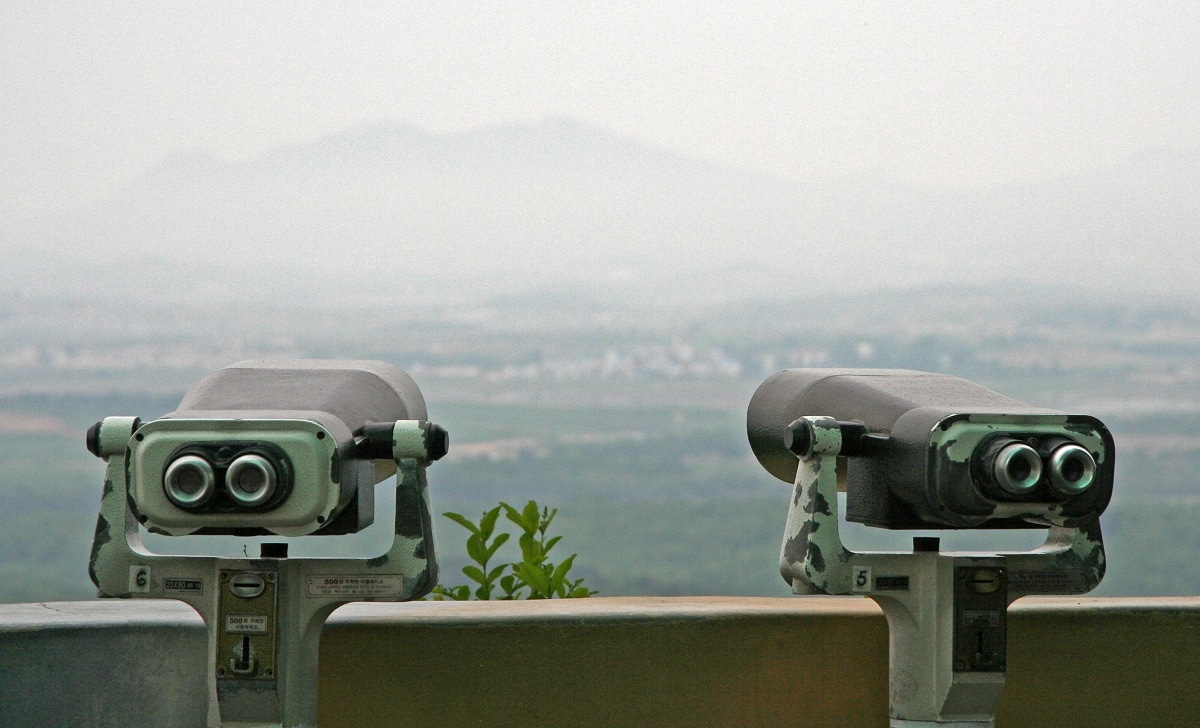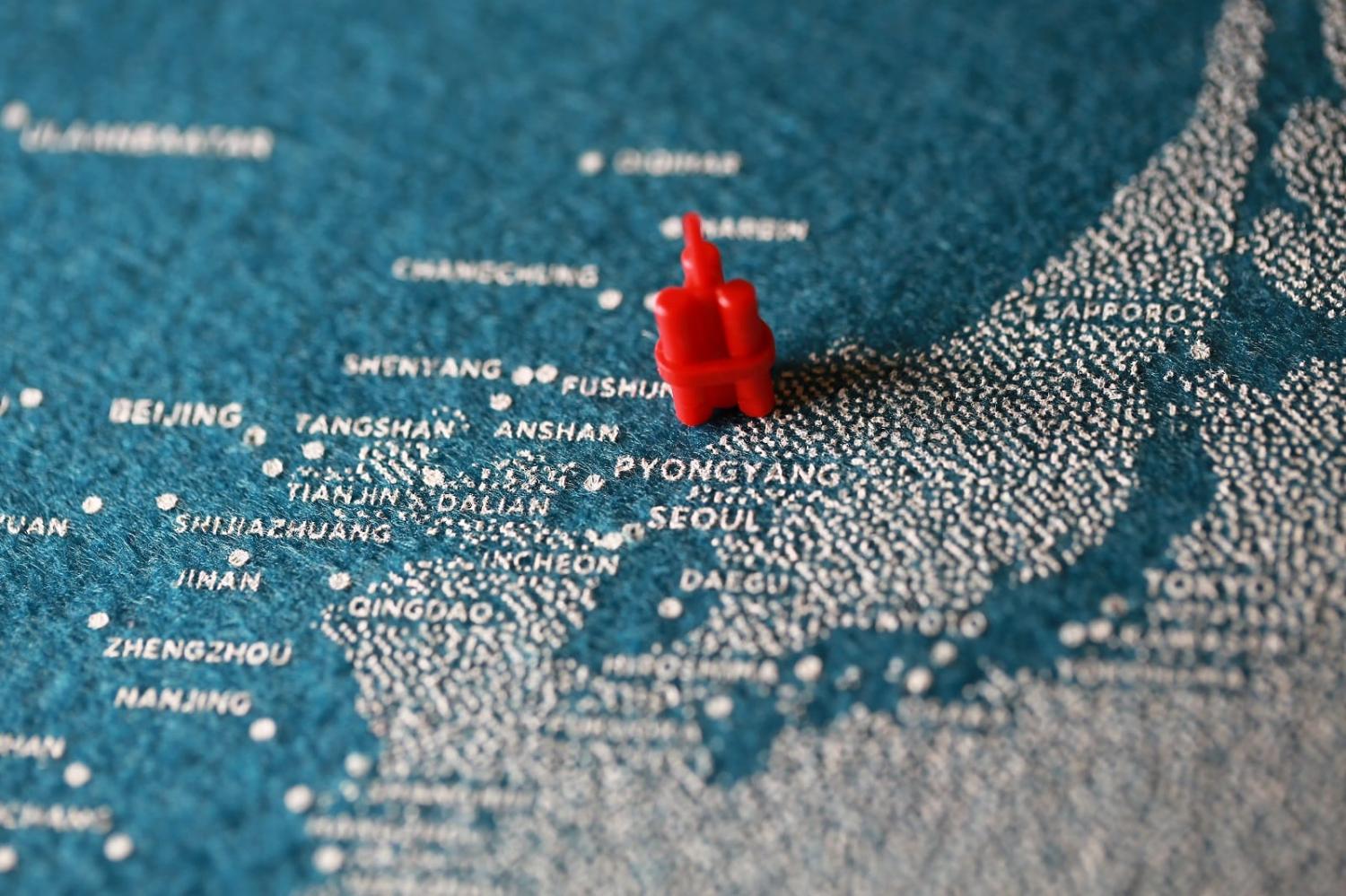North Korean weapons tests are nothing new. Pyongyang has been conducting missile tests for years, even holding large annual parades to show off its arsenal. However, things are changing at a rapid pace, with North Korea’s weapons technology and capabilities posing an increasing threat to regional and global peace. With diplomacy at a stalemate, the stakes are higher than ever to find a way back to the negotiating table before it’s too late.
North Korea has come a long way from the days when it only tested a handful of missiles per year. Pyongyang began showing an increasingly bold attitude in 2022 when it launched more than 90 missiles over a 12-month period – the most ever in its history. The bulk of these provocations were largely motivated by combined military drills held by South Korea and the United States, which in turn provide a convenient excuse for the North to test out its weapons and evaluate its strengths and shortcomings. North Korea has long seen such drills as preparation for war, invasion and a preemptive attack. This perception remains the same in 2023.
What has changed, however, is the way North Korea has chosen to respond to current ongoing military drills on the southern half of the Korean peninsula. Last year, its provocations involved various kinds of missile tests, artillery fire and warplane flight formations. This year, North Korea has once again upped the ante.
Last month alone, North Korea conducted various shows of force including the firing of two submarine-launched cruise missiles (SLCMs) on 12 March, an intercontinental ballistic missile (ICBM) on 16 March, four cruise missiles on 22 March, and tested a new underwater attack drone from 21–23 March and 25–27 March. The latter has especially made headlines.

According to North Korean media, the country’s military is now capable of mounting nuclear warheads on not just ballistic missiles but also cruise missiles and self-destructing unmanned underwater crafts. While many experts are sceptical about the claims, photos released last week by North Korea’s Rodong Sinmun newspaper revealed a tactical nuclear warhead for the first time. One noteworthy point was how the country’s leader Kim Jong-un was shown inspecting multiple serially produced warheads, suggesting a high degree of confidence that they will perform as intended even though they are yet to be tested. In addition, the photos showed warheads intended for use with at least eight different delivery platforms displayed on posters hanging on a wall.
Nevertheless, South Korea’s Joint Chiefs of Staff spokesperson argues that North Korea’s ability to place smaller nuclear warheads in short-range missiles cannot be considered successful “until they are tested in a real-world environment”. Seemingly undeterred by the weapons advancements being made in the North, the South has continued with more joint drills with the United States. South Korea is keeping its focus on increased military cooperation with the United States.
With Washington distracted by the war in Ukraine, strategic competition with China, and domestic issues, prioritising a return to diplomacy with North Korea seems beyond the Biden administration’s attention span. However, again adopting a “strategic patience” approach where Washington waits for Pyongyang to suddenly agree to talks or crumbles under pressure is unrealistic, and risks escalating military tensions on the peninsula to levels not seen in years.
In fact, it does seem that many in both Seoul and Washington have become desensitised to North Korea’s military provocations and rhetoric. The same day the Rodong Sinmun report was published, a US carrier strike group led by the USS Nimitz docked at South Korea’s Busan naval base, marking the ship’s first visit in six years. Regarding the Republic of Korea–US drills, US National Security Council spokesman John Kirby said that Washington “will continue to make sure that we have the appropriate military capabilities and the appropriate readiness to use those capabilities if need be, to protect our national security interests and those of our allies,” adding that he believes the joint drills “will help us with those readiness capabilities”.
Despite Washington’s perspective, however, stronger efforts at deterrence have done nothing to curb the North Korean threat. This was made clear in the wake of joint drills last year and is once again underscored by the current ongoing exercises. If anything, Pyongyang is becoming ever bolder and more dangerous with its vast array of military provocations and increasing advances in weapons technologies.
One unwanted consequence that could result from this current situation is South Korea pushing to acquire its own nuclear weapons capabilities, something that has come up repeatedly, particularly in the past few months. The mayor of Seoul floated the idea once again as recently as 13 March. Such a move could, however, result in a proliferation domino effect that would endanger the region and the wider world.
Such rhetoric from Seoul – paired with the North repeatedly displaying its readiness and capability to strike South Korea, Japan and even the United States – highlights the urgent need for a diplomatic breakthrough to stop the tit-for-tat cycle of military escalations on both sides of the 38th parallel. The Biden and Yoon administrations must quickly adjust their North Korea approach to place the priority on more flexible and realistic negotiation strategies before Pyongyang gains even more diplomatic leverage by further expanding and upgrading its military capabilities.

